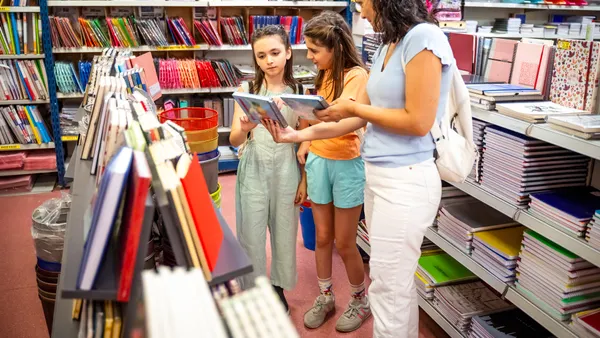Dive Brief:
-
A spokesperson for Amazon confirmed via email that the company is planning to open three new Amazon Go stores, one in Seattle and the other two in Chicago.
-
Amazon did not indicate when the company will open its new Seattle and Chicago stores. However, the company said that the new Madison & Minor store in Seattle will be approximately 1,150 square feet. As for Chicago, the company will be opening Amazon Go stores at the Prudential Plaza and the Merchandise Mart, which will be 1,425 square feet and 930 square feet, respectively.
-
The company currently has 13 Amazon Go locations in cities Seattle, Chicago, San Francisco and New York. The company also confirmed its plan to open another store in the Embarcadero Center in San Francisco, though no specific date has been announced.
Dive Insight:
The latest store openings appear to be part of Amazon's plan to expand further into the brick-and-mortar retail market. A report by RBC Capital Markets estimates that if the online retailer opens as many as 3,000 locations over the next few years, the company could bring in $4.5 billion in revenue by 2021, a figure based on estimated revenue of $1.1 million and $1.95 million in revenue annually per Amazon Go store.
But to bring in that much revenue, the company will not only have to contend with existing convenience stores, but also other smart stores. Zippin, a San Francisco-based startup, announced plans last summer to open a cashier-less store that uses artificial intelligence, shelf sensors and smart cameras to detect what merchandise consumers purchase.
Amazon's recent decision to allow customers to pay with cash could help win over critics who see cashless retailers as discriminatory and comply with regulators seeking to ban cashless companies. After all, a considerable number of Americans wouldn't be able to shop at a cashless retailer because they rely exclusively or mostly on cash. About 8.4 million U.S. households, comprised of 14.1 million adults and 6.4 million children, were "unbanked" in 2017, meaning they didn't have a checking or savings account. Plus, 18.7% of American households were "underbanked" in 2017, meaning that the household had an account at an insured institution but also used financial products or services beyond traditional banks, according to a 2017 FDIC survey.












